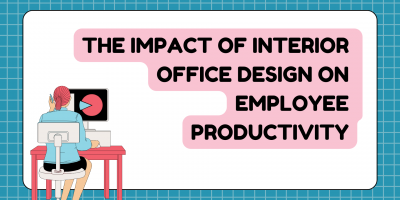
The Impact of Interior Office Design on Employee Productivity
How does interior office design impact employee productivity, from desk layout to lighting choices?

As 2025 unfolds, the job market remains in flux, with both the promise of improvement and the reality of a competitive, challenging hiring landscape. Although unemployment remains low, job seekers face significant obstacles, from prolonged employment searches and less hiring activity to an increase in ghost jobs.
These trends inevitably raise the question—is the job market bad right now?
Or perhaps we are seeing a structural shift in how hiring works in today’s economy.
The answer is nuanced, to say the least.
On one hand, research suggests that hiring could increase in the first half of 2025, as six in ten U.S. companies plan to add new positions.
On the other, .
This dichotomy highlights a key point we’ll explore in this Shortlister article: While opportunities may grow, challenges are equally intense, making it harder to secure a role.
So, why is this happening, and how should employees and employers proceed?
First, we ask the key question: why is the job market so bad right now?
It’s not just one issue causing the strain but a combination of economic, political, and workplace shifts that have created a challenging environment over the years.
The Great Detachment phenomenon also reveals widespread worker dissatisfaction. Many employees feel disconnected from their jobs and hesitate to make career changes due to economic instability.
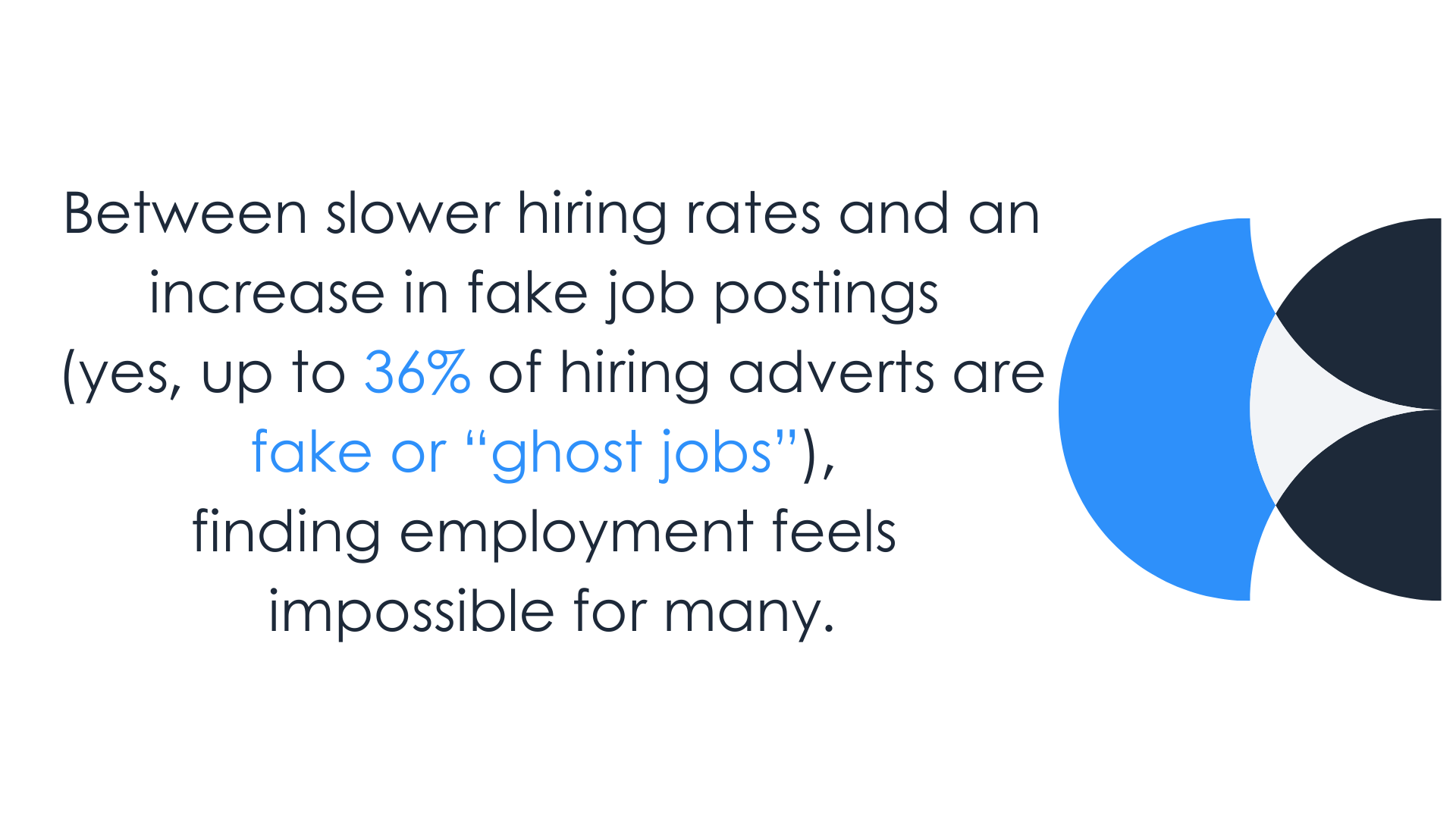
A deeper understanding of why the job market is so bad right now requires examining the numbers behind it.
This trend is mirrored worldwide.
A LinkedIn report reveals that 37% of workers globally apply more but hear less from employers. Their data also shows that:
In addition, many job seekers face “ghost jobs” or fake listings that either aren’t hiring or have already been filled. Companies post them to build candidate pipelines, fulfill legal requirements, or maintain the appearance of growth, even when they aren’t actively hiring.
A recruitment survey by MyPerfectResume found that 81% of recruiters admit to posting ghost job ads. At the same time, an analysis by Resume Builder indicated that three out of ten companies currently have a ghost job advert active.
This deceptive practice wastes job seekers’ time and adds frustration and confusion to an already competitive hiring landscape.
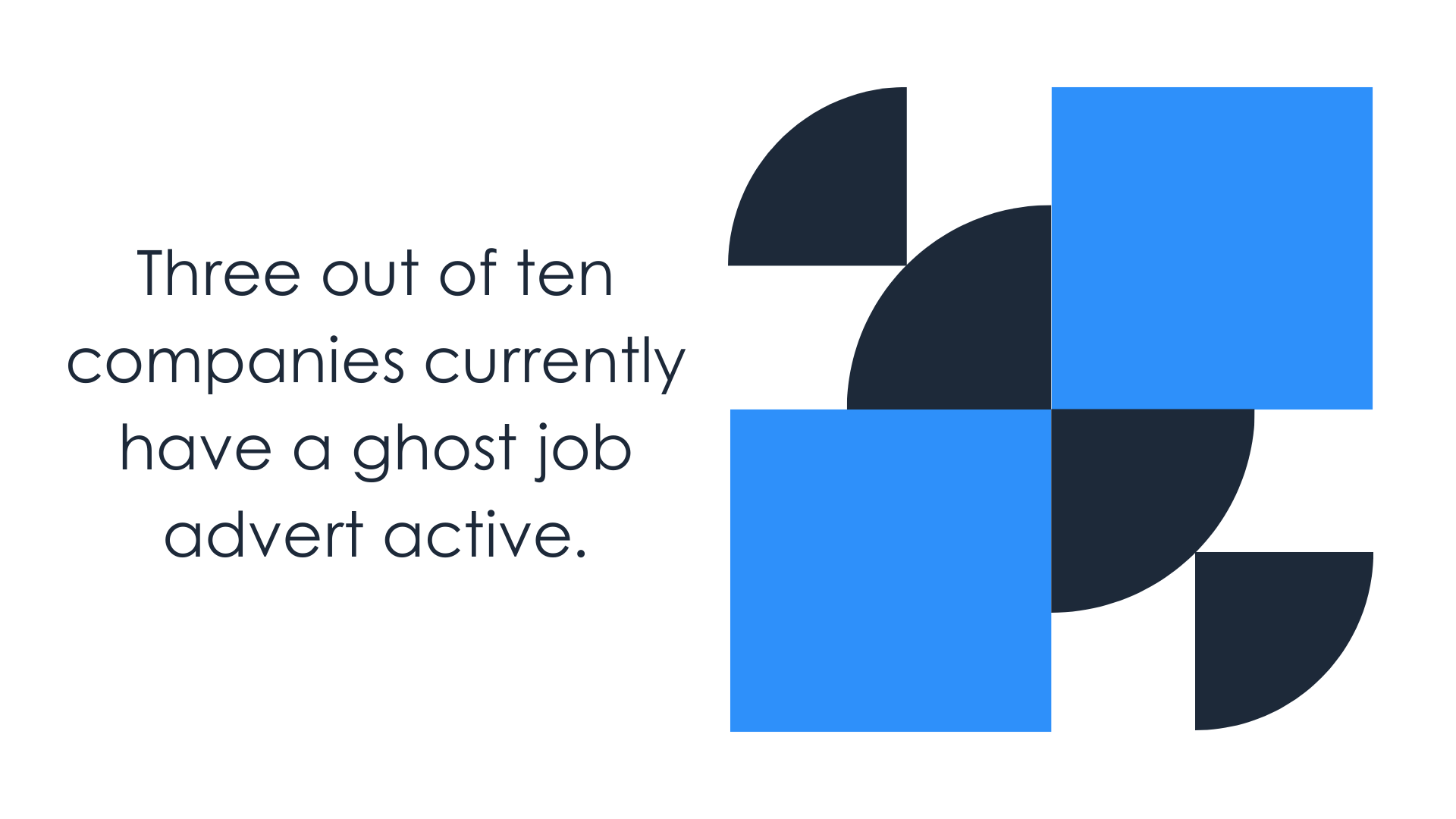
How is the job market bad right now when the U.S. unemployment rate remains relatively low at 4.1%?
This seems contradictory, given the lack of hiring, fierce competition, and the prevalence of fake job ads.
However, the reason lies within the current “low-hire, low-fire” state, where hiring is slow, and layoffs are minimal.
This cautious approach reflects a broader reluctance to make quick decisions in an unpredictable economic climate.
It’s also the consequence of trends like the Great Resignation or quiet quitting when many workers left their jobs to pursue better opportunities. Some of these employees have since felt the “Great Regret,” realizing that their decisions didn’t lead to the improvements they expected.
At the same time, employers who struggled with retention during this period now engage in “labor hoarding,” focusing more on keeping their current staff than expanding their workforce.
As a result, we experience a sluggish labor market without significant shifts in the unemployment rate.
From stagnant wages to rising job insecurity, many workers are navigating challenges that make career stability seem more unattainable than ever. These obstacles affect day-to-day job satisfaction and spark deeper concerns about long-term professional growth and personal well-being.
According to The Wall Street Journal, the wage gap between job switchers and stayers has narrowed significantly.
In early 2025, job switchers received an average raise of 4.8%, slightly above the 4.6% for stayers, a sharp decline from the 7.7% average in early 2023.
This trend makes salary negotiations more challenging for job seekers.
The widespread use of AI tools for mass applications has heightened competition, reveals SHMR, especially for Gen Z in the job market. Approximately 68% of younger candidates feel AI has made job searching more competitive, with 71% encountering “ghost jobs” and 82% spotting scams.
Advancements in tech and AI are also impacting various job sectors.
The rapid pace of technological change demands continuous skill development, leaving many job seekers struggling to keep up with evolving requirements.
Discrimination and biased hiring practices persistently undermine fairness in the job market.
In addition, nepotism and favoritism in the workplace, which are long-standing issues, further exacerbate this by allowing personal connections to influence hiring and promotions, giving some an unfair advantage while leaving others, often more qualified, at a disadvantage.
To reiterate, the job market is bad right now.
However, despite the slowdown, there are some signs of improvement. While hiring may still be sluggish, market movements suggest a gradual recovery.
At the same time, specific industries are improving, with growth in particular sectors providing hope for job seekers.
Recent data and trends suggest that conditions are shifting toward a more balanced employment landscape, hinting at a potential market “thaw” progressing into 2025.
As mentioned earlier, one argument in favor is that 63% of U.S. employers plan to create new permanent positions, signaling a positive movement.
The press release by talent solutions and business consulting firm Robert Half reveals this hiring activity is expected to occur in the first half of 2025, marking an increase from 52% in the second half of 2024.
According to their data, employers also plan to offer competitive salaries and use strategies like developing mentorship programs (35%), hiring contract workers for potential full-time roles (33%), offering paid internships (32%), and rehiring retired employees as consultants (22%).
Indeed’s 2025 U.S. Jobs and Hiring Trends report reveals further signs of this trend.
While the economy has shown resilience, the margin for error is shrinking, meaning a potential downturn could quickly escalate if conditions worsen.
According to Indeed, some possible disruptors are slow labor force growth, an aging population, and declining immigration, which may lead to significant labor shortages and pressure on the job market.
Aside from the broader labor market challenges, several sectors are experiencing notable growth, driven by evolving demands and technological advancements.
The latest edition of the Demand for Skilled Talent report by Robert Half points out the key industries that are hiring right now:
This growth signals that while some areas may struggle, others offer new opportunities, especially for job seekers with skills in high-demand fields.
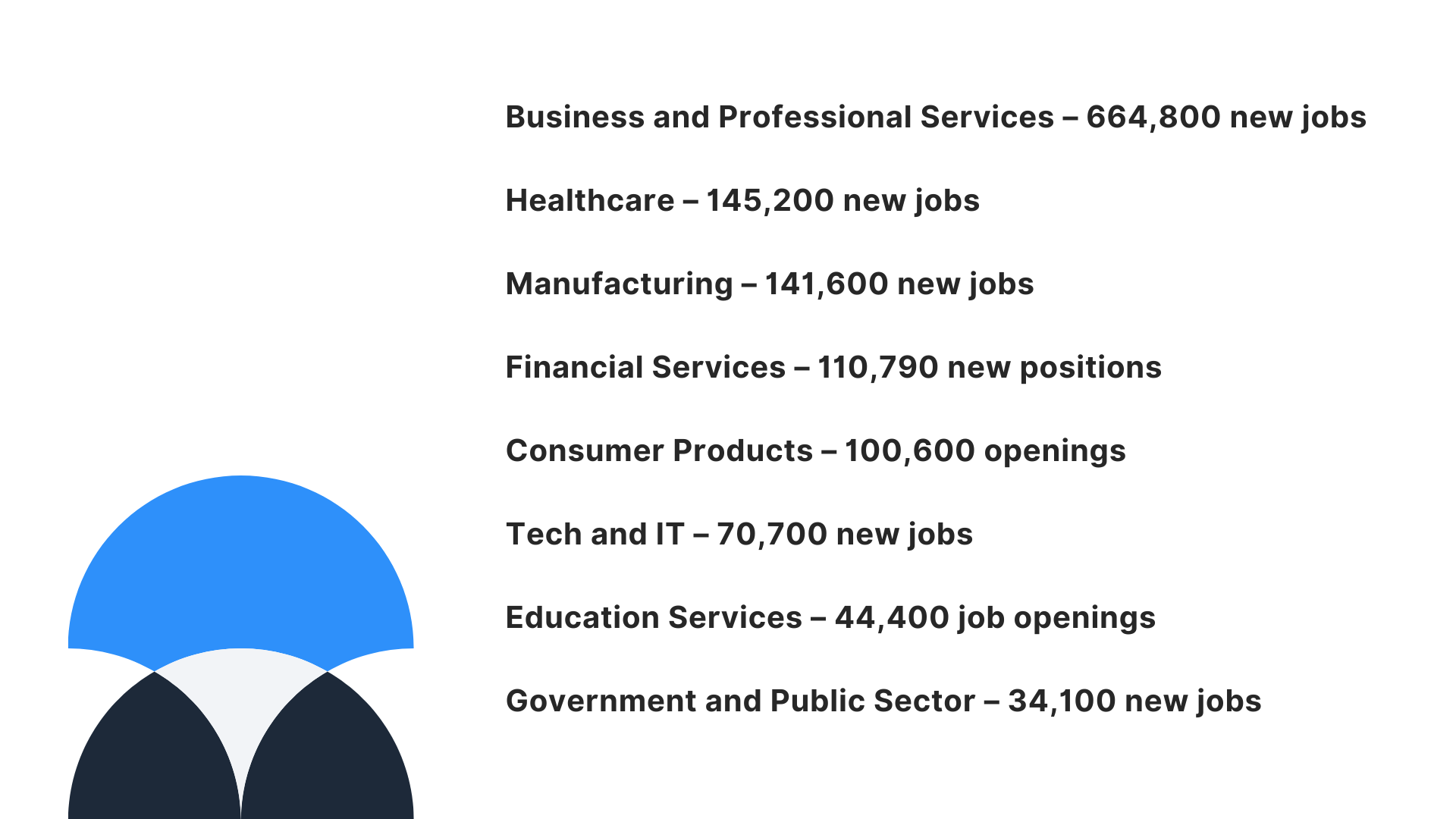
Building on the signs of improvement and the challenges we’ve seen, structural changes in hiring are also playing a key role in shaping the job market.
As companies adjust to technological advancements, economic shifts, and evolving worker needs, hiring practices are being redefined.
From the Future of Jobs Report 2025 by the World Economic Forum, we highlight the most critical shifts:
Emphasis on employee well-being: As companies prioritize talent attraction and retention, there is a growing emphasis on hiring with consideration for employee well-being. Employers are strengthening their benefits packages, from mental health support and counseling services to wellness programs and childcare benefits.
What can employees do to navigate this complex hiring landscape and land a job faster?
As the digital space becomes saturated with job ads, how can they recognize legitimate opportunities and steer clear of potential scams?
Given these challenges, the right strategies can make all the difference. They allow the workforce to find the right opportunities more quickly while avoiding the risks of an overwhelming and often misleading job market.
Forbes’s Job Seekers Guide specifies the following strategies and practices:
The last one is also a proactive strategy to avoid ghost jobs, as referrals can help confirm whether the position is still open and if the company is actively hiring, reducing the risk of applying to non-existent positions.
In retrospect, yes, the job market is bad right now, but it shows signs of improvement in some areas.
Job losses are expected in sectors vulnerable to automation and shifting policies. Still, many industries will likely experience considerable growth, creating new positions that didn’t exist a decade or even a few years ago.
While predicting the future remains challenging due to shifting trade relations, policy changes, and global politics, one thing is clear: those who can adapt to these changes will have an advantage.
The ability to navigate uncertainty, rather than resist it, could make all the difference in the coming years.
Content Writer at Shortlister
Browse our curated list of vendors to find the best solution for your needs.
Subscribe to our newsletter for the latest trends, expert tips, and workplace insights!

How does interior office design impact employee productivity, from desk layout to lighting choices?
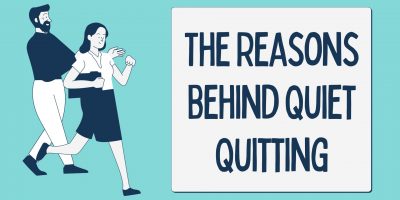
What does the latest labor narrative mean for HR teams and employers?
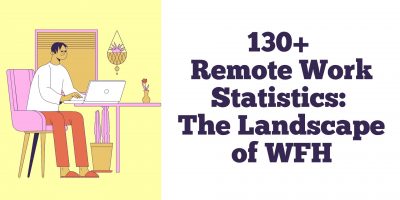
Revitalize your approach to remote work with innovative virtual programs and strategies, seamlessly uniting in-office and remote teams for a comprehensive well-being experience.

Just like the growing trend of “life coaches” for those interested in self-development, executive coaching has become a valuable training resource for American businesses.
Used by most of the top employee benefits consultants in the US, Shortlister is where you can find, research and select HR and benefits vendors for your clients.
Shortlister helps you reach your ideal prospects. Claim your free account to control your message and receive employer, consultant and health plan leads.